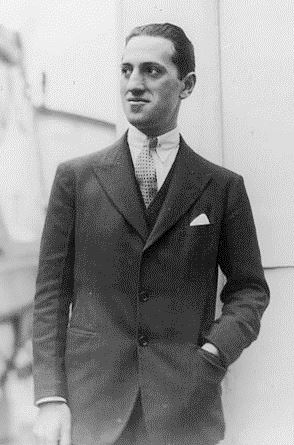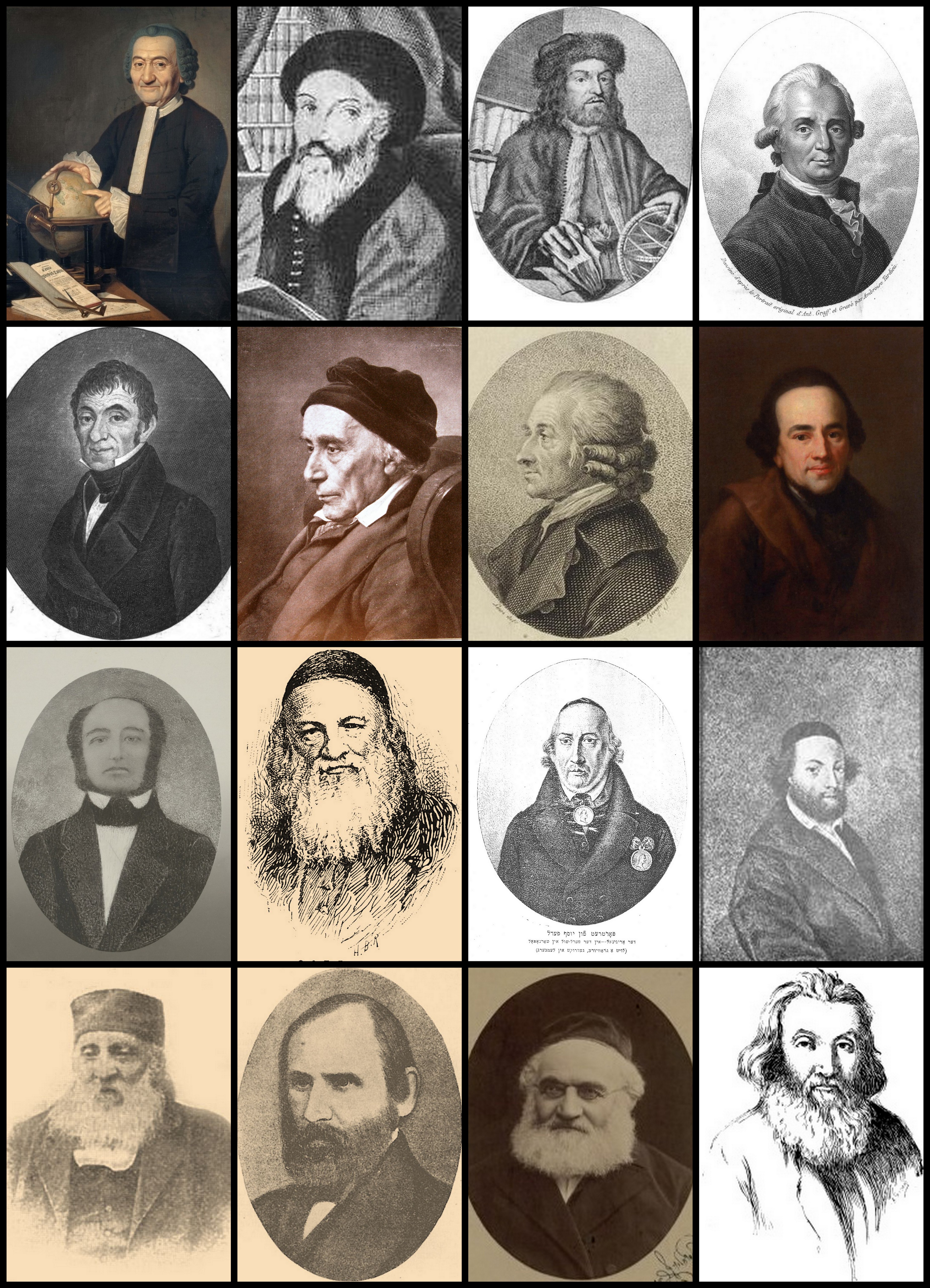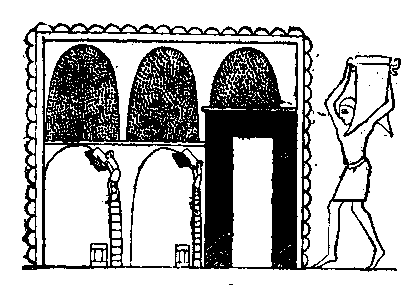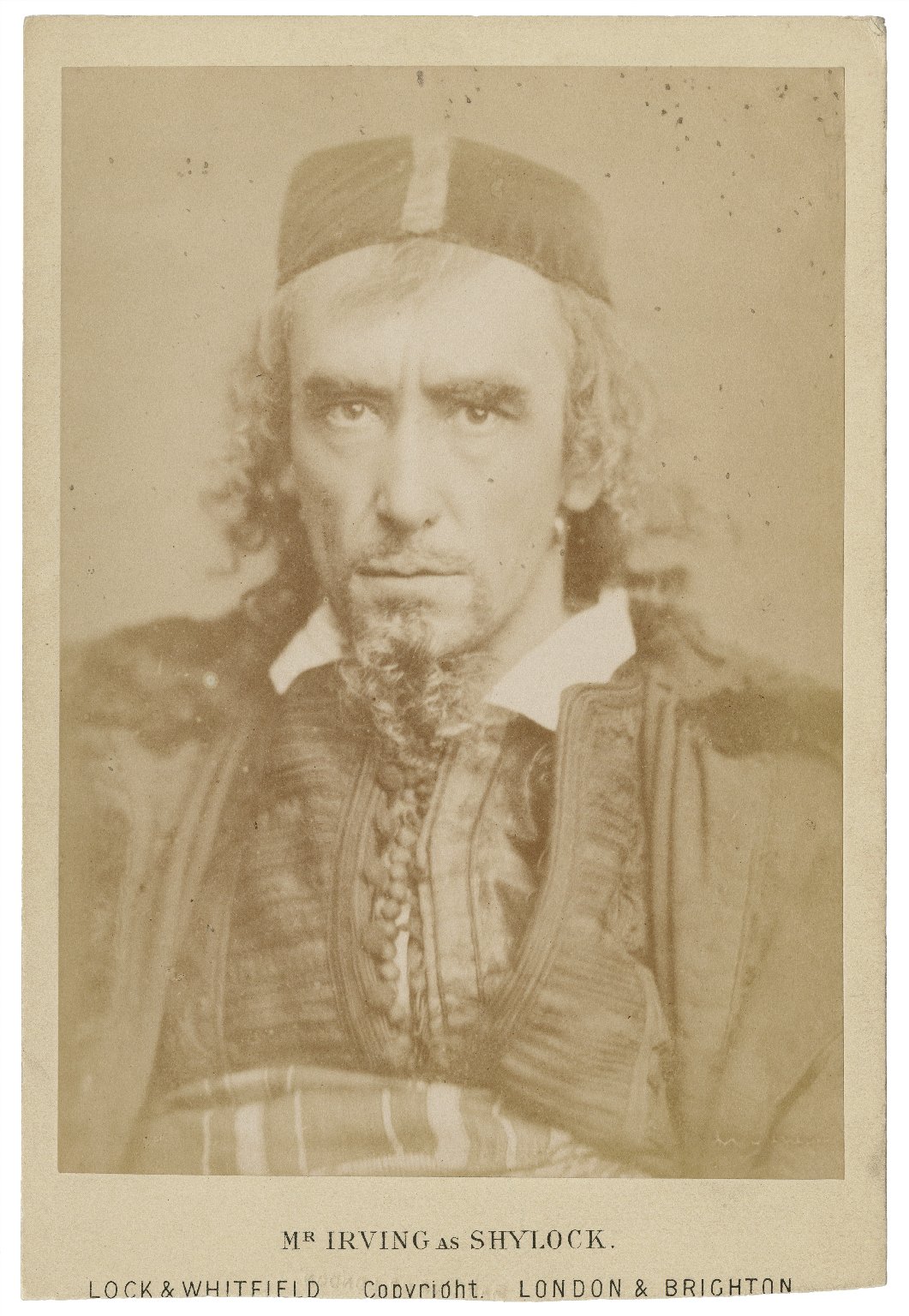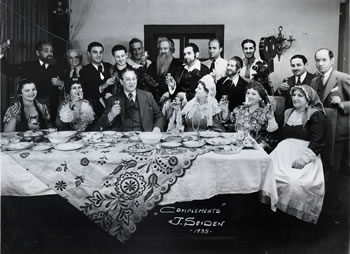|
Jacob Adler
Jacob Pavlovich Adler (Yiddish: יעקבֿ פּאַװלאָװיטש אַדלער; born Yankev P. Adler; February 12, 1855 – April 1, 1926)IMDB biography was a Jewish actor and star of Yiddish theater, first in Odessa, and later in London and in New York City's Yiddish Theater District. Nicknamed "''nesher hagodol''",Nahshon 2001 osenfeld 1977/ref> ("''the Great Eagle''", ''Adler'' being the German for "eagle"), he achieved his first theatrical success in Odessa, but his career there was rapidly cut short when Yiddish theater was banned in Russia in 1883. He became a star in Yiddish theater in London, and in 1889, on his second voyage to the United States, he settled in New York City. Adler soon started a company of his own, ushering in a new, more serious Yiddish theater, most notably by recruiting the Yiddish theater's first realistic playwright, Jacob Gordin. Adler scored a great triumph in the title role of Gordin's ''Der Yiddisher King Lear'' (''The Jewish King Lear''), ... [...More Info...] [...Related Items...] OR: [Wikipedia] [Google] [Baidu] |
Odessa
Odesa (also spelled Odessa) is the third most populous city and municipality in Ukraine and a major seaport and transport hub located in the south-west of the country, on the northwestern shore of the Black Sea. The city is also the administrative centre of the Odesa Raion and Odesa Oblast, as well as a multiethnic cultural centre. As of January 2021 Odesa's population was approximately In classical antiquity a large Greek settlement existed at its location. The first chronicle mention of the Slavic settlement-port of Kotsiubijiv, which was part of the Grand Duchy of Lithuania, dates back to 1415, when a ship was sent from here to Constantinople by sea. After a period of Lithuanian Grand Duchy control, the port and its surroundings became part of the domain of the Ottomans in 1529, under the name Hacibey, and remained there until the empire's defeat in the Russo-Turkish War of 1792. In 1794, the modern city of Odesa was founded by a decree of the Russian empress Catherin ... [...More Info...] [...Related Items...] OR: [Wikipedia] [Google] [Baidu] |
Yiddish Theater District
The Yiddish Theatre District, also called the Jewish Rialto and the Yiddish Realto, was the center of New York City's Yiddish theatre scene in the early 20th century. It was located primarily on Second Avenue, though it extended to Avenue B, between Houston Street and East 14th Street in the East Village in Manhattan. The District hosted performances in Yiddish of Jewish, Shakespearean, classic, and original plays, comedies, operettas, and dramas, as well as vaudeville, burlesque, and musical shows. By World War I, the Yiddish Theatre District was cited by journalists Lincoln Steffens, Norman Hapgood, and others as the best in the city. It was the leading Yiddish theater district in the world. The District's theaters hosted as many as 20 to 30 shows a night. After World War II, however, Yiddish theater became less popular. By the mid-1950s few theaters were still extant in the District. History The United States' first Yiddish theater production was hosted in 1882 at ... [...More Info...] [...Related Items...] OR: [Wikipedia] [Google] [Baidu] |
Haskalah
The ''Haskalah'', often termed Jewish Enlightenment ( he, השכלה; literally, "wisdom", "erudition" or "education"), was an intellectual movement among the Jews of Central and Eastern Europe, with a certain influence on those in Western Europe and the Muslim world. It arose as a defined ideological worldview during the 1770s, and its last stage ended around 1881, with the rise of Jewish nationalism. The ''Haskalah'' pursued two complementary aims. It sought to preserve the Jews as a separate, unique collective, and it pursued a set of projects of cultural and moral renewal, including a revival of Hebrew for use in secular life, which resulted in an increase in Hebrew found in print. Concurrently, it strove for an optimal integration in surrounding societies. Practitioners promoted the study of exogenous culture, style, and vernacular, and the adoption of modern values. At the same time, economic production, and the taking up of new occupations was pursued. The ''Haskalah'' p ... [...More Info...] [...Related Items...] OR: [Wikipedia] [Google] [Baidu] |
Kohen
Kohen ( he, , ''kōhēn'', , "priest", pl. , ''kōhănīm'', , "priests") is the Hebrew word for " priest", used in reference to the Aaronic priesthood, also called Aaronites or Aaronides. Levitical priests or ''kohanim'' are traditionally believed and halakhically required to be of direct patrilineal descent from the biblical Aaron (also ''Aharon''), brother of Moses. During the existence of the Temple in Jerusalem, ''kohanim'' performed the daily and holiday ( Yom Tov) duties of sacrificial offerings. Today, ''kohanim'' retain a lesser though distinct status within Rabbinic and Karaite Judaism and are bound by additional restrictions according to Orthodox Judaism. In the Samaritan community, the kohanim have remained the primary religious leaders. Ethiopian Jewish religious leaders are sometimes called '' kahen'', a form of the same word, but the position is not hereditary and their duties are more like those of rabbis than kohanim in most Jewish communities. Et ... [...More Info...] [...Related Items...] OR: [Wikipedia] [Google] [Baidu] |
Berdichev
Berdychiv ( uk, Берди́чів, ; pl, Berdyczów; yi, באַרדיטשעװ, Barditshev; russian: Берди́чев, Berdichev) is a historic city in the Zhytomyr Oblast (province) of northern Ukraine. Serving as the administrative center of the Berdychiv Raion (district), the city itself is of direct oblast subordinance, and does not belong to the district. It is south of the oblast capital, Zhytomyr. Its population is approximately . History The territory on which the city is located was inhabited as early as the 2nd millennium BC. Bronze Age settlements and the remains of two settlements of the Chernyakhov culture were discovered here. In 1430, Grand Duke of Lithuania Vytautas (великий князь литовський Вітовт) granted the rights over the area to Kalinik, the procurator (намісник) of Putyvl and Zvenigorod, and it is believed that his servant named Berdich founded a '' khutor'' (remote settlement) there. However the etymology of th ... [...More Info...] [...Related Items...] OR: [Wikipedia] [Google] [Baidu] |
Grain Trade
The grain trade refers to the local and international trade in cereals and other food grains such as wheat, barley, maize, and rice. Grain is an important trade item because it is easily stored and transported with limited spoilage, unlike other agricultural products. Healthy grain supply and trade is important to many societies, providing a caloric base for most food systems as well as important role in animal feed for animal agriculture. The grain trade is as old as agricultural settlement, identified in many of the early cultures that adopted sedentary farming. Major societal changes have been directly connected to the grain trade, such as the fall of the Roman Empire. From the early modern period onward, grain trade has been an important part of colonial expansion and international power dynamics. The geopolitical dominance of countries like Australia, the United States, Canada and the Soviet Union during the 20th century was connected with their status as grain surplus co ... [...More Info...] [...Related Items...] OR: [Wikipedia] [Google] [Baidu] |
Ukraine
Ukraine ( uk, Україна, Ukraïna, ) is a country in Eastern Europe. It is the second-largest European country after Russia, which it borders to the east and northeast. Ukraine covers approximately . Prior to the ongoing Russian invasion, it was the eighth-most populous country in Europe, with a population of around 41 million people. It is also bordered by Belarus to the north; by Poland, Slovakia, and Hungary to the west; and by Romania and Moldova to the southwest; with a coastline along the Black Sea and the Sea of Azov to the south and southeast. Kyiv is the nation's capital and largest city. Ukraine's state language is Ukrainian; Russian is also widely spoken, especially in the east and south. During the Middle Ages, Ukraine was the site of early Slavic expansion and the area later became a key centre of East Slavic culture under the state of Kievan Rus', which emerged in the 9th century. The state eventually disintegrated into rival regional po ... [...More Info...] [...Related Items...] OR: [Wikipedia] [Google] [Baidu] |
Marlon Brando
Marlon Brando Jr. (April 3, 1924 – July 1, 2004) was an American actor. Considered one of the most influential actors of the 20th century, he received numerous accolades throughout his career, which spanned six decades, including two Academy Awards, two Golden Globe Awards, one Cannes Film Festival Award and three British Academy Film Awards. Brando was also an activist for many causes, notably the civil rights movement and various Native American movements. Having studied with Stella Adler in the 1940s, he is credited with being one of the first actors to bring the Stanislavski system of acting, and method acting, to mainstream audiences. He initially gained acclaim and his first Academy Award nomination for Best Actor in a Leading Role for reprising the role of Stanley Kowalski in the 1951 film adaptation of Tennessee Williams' play ''A Streetcar Named Desire'', a role that he originated successfully on Broadway. He received further praise, and a first Academy A ... [...More Info...] [...Related Items...] OR: [Wikipedia] [Google] [Baidu] |
Method Acting
Method acting, informally known as The Method, is a range of training and rehearsal techniques, as formulated by a number of different theatre practitioners, that seeks to encourage sincere and expressive performances through identifying with, understanding, and experiencing a character's inner motivation and emotions. These techniques are built on Stanislavski's system, developed by the Russian actor and director Konstantin Stanislavski and captured in his books ''An Actor Prepares'', '' Building a Character'', and '' Creating a Role''. Among those who have contributed to the development of the Method*, three teachers are associated with "having set the standard of its success", each emphasizing different aspects of the approach: Lee Strasberg (the psychological aspects), Stella Adler (the sociological aspects), and Sanford Meisner (the behavioral aspects).Krasner (2000b, 129). The approach was first developed when they worked together at the Group Theatre in New York and later ... [...More Info...] [...Related Items...] OR: [Wikipedia] [Google] [Baidu] |
Shylock
Shylock is a fictional character in William Shakespeare's play ''The Merchant of Venice'' (c. 1600). A Venetian Jewish moneylender, Shylock is the play's principal antagonist. His defeat and conversion to Christianity form the climax of the story. Shylock's characterisation is composed of stereotypes, for instance greediness and vengefulness, although there were no practising Jews who lived in England during Shakespearean England. Jews were expelled from the country in 1290 by Edward I in the Edict of Expulsion; this was not reversed until the Cromwell Era. Name Shylock is not a Jewish name. However, some scholars believe it probably derives from the biblical name Shalah, which is (''Šélaḥ'') in Hebrew. Shalah is the grandson of Shem and the father of Eber, biblical progenitor of Hebrew peoples. All the names of Jewish characters in the play derive from minor figures listed in genealogies in the Book of Genesis. It is possible that Shakespeare originally intended ... [...More Info...] [...Related Items...] OR: [Wikipedia] [Google] [Baidu] |
Shakespeare
William Shakespeare ( 26 April 1564 – 23 April 1616) was an English playwright, poet and actor. He is widely regarded as the greatest writer in the English language and the world's pre-eminent dramatist. He is often called England's national poet and the " Bard of Avon" (or simply "the Bard"). His extant works, including collaborations, consist of some 39 plays, 154 sonnets, three long narrative poems, and a few other verses, some of uncertain authorship. His plays have been translated into every major living language and are performed more often than those of any other playwright. He remains arguably the most influential writer in the English language, and his works continue to be studied and reinterpreted. Shakespeare was born and raised in Stratford-upon-Avon, Warwickshire. At the age of 18, he married Anne Hathaway, with whom he had three children: Susanna, and twins Hamnet and Judith. Sometime between 1585 and 1592, he began a successful career in London as ... [...More Info...] [...Related Items...] OR: [Wikipedia] [Google] [Baidu] |
The Jewish King Lear
''The Yiddish King Lear'' ( yi, דער ייִדישער קעניג ליר ''Der Yidisher Kenig Lir'', also known as ''The Jewish King Lear'') was an 1892 play by Jacob Gordin, and is generally seen as ushering in the first great era of Yiddish theater in New York City’s Yiddish Theater District, in which serious drama gained prominence over operetta. Gordin, a respected intellectual and Yiddish-language novelist, had been recruited by Jacob Adler in an effort to create a more serious repertoire for Yiddish theater, comparable to what he knew from Russian theater. His first two plays, ''Siberia'' and ''Two Worlds'' had failed commercially, although ''Siberia'' was later successfully revived. The play is not a translation of William Shakespeare's ''King Lear'', but the title is an acknowledgement of the roots of the plot. Gordin's play is set in Vilna (Vilnius, Lithuania), in 1890. It begins at the Purim feast given by David Moishele, a wealthy Russian Jewish mer ... [...More Info...] [...Related Items...] OR: [Wikipedia] [Google] [Baidu] |


